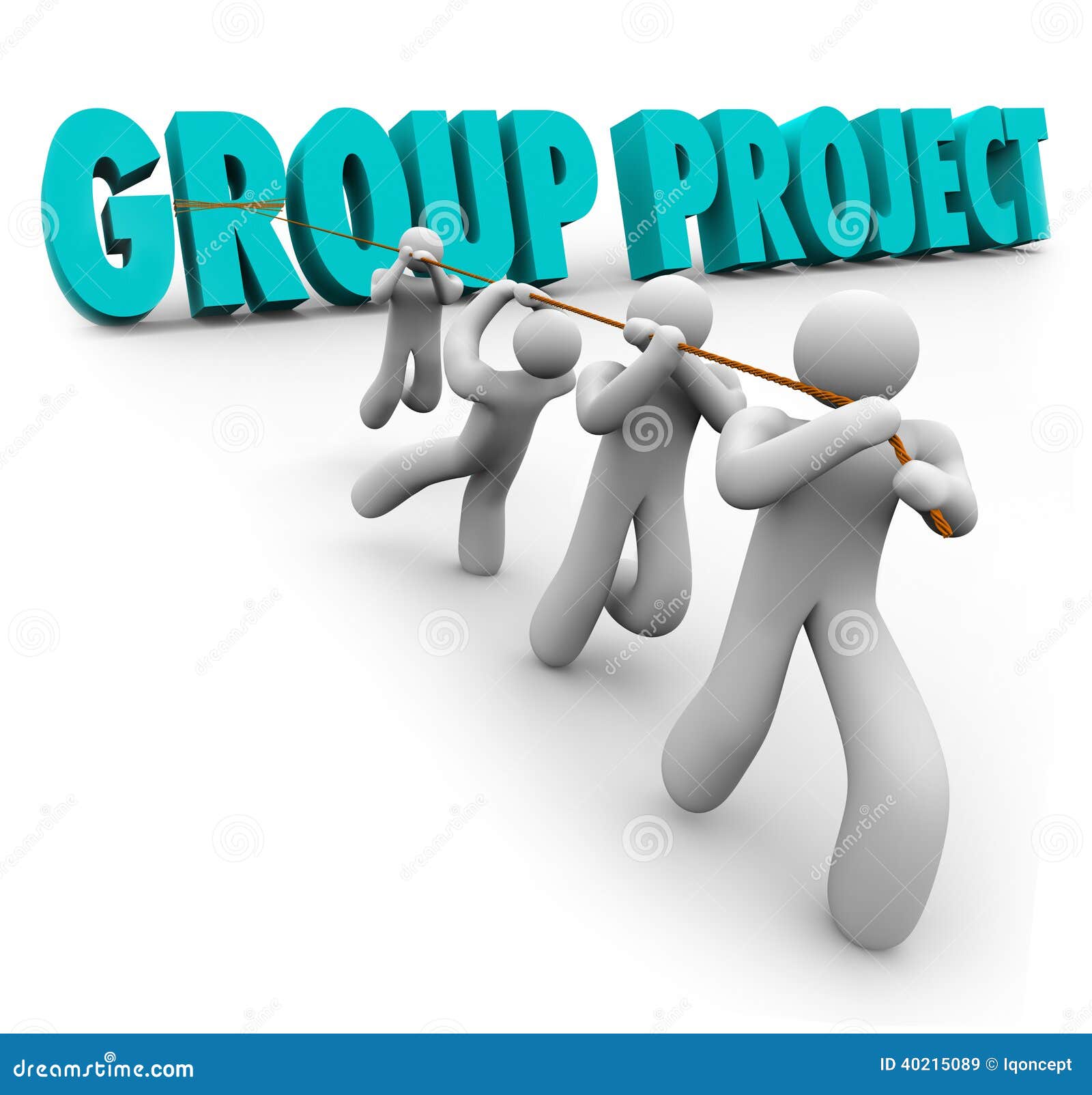In week 13 the lecturer engaged us into reading some research journals as follows:
Predictive Model to Evaluate Students Cognitive Engagement in Online Learning’ (Nurbiha A Shukora*, Zaidatun Tasira, Henny Van der Meijdenb , Jamalludin Haruna ), ‘Pattern of reflection in learning Authoring System through blogging ( SK Mohamad) ‘and "Student types of online interaction through Facebook discussion’(Nurul Farhana Jumaata,Zaidatun Tasira).
We were also given the task to discuss a particular issues making reference to current research in educational trends and issues. Accordingly, I discussed a paper entitled investigating the lecturers’ experience of using social media in higher Education courses. And make the following summary and observation
One of current issues in educational research is the growing attention into investigating the lecturers’ experience of using social media in higher education courses. Through this interest, a research was recently conducted by Thapanee Seechaliao conducted a survey approach using a questionnaire to generate data about lecturers’ experience of using social media in higher education courses. Thirty-one lecturers from Mahasarakham University were used as sample. The findings of the research revealed that the lecturers had experience of using social media, namely, Facebook, mostly through internet use on devices such as notebooks and desktops. Majority of the lecturers had some experience using social media in higher education courses, mostly Facebook. However, they did not have teaching experience using social media in courses. The devices they used for facilitating social media use in courses were notebooks and desktops. Learners’ role in using social media in courses was searching. Lecturers’ roles were posting or creating, and commenting. Social media use in the courses was part of a blended approach that employed both regular and online instruction. The lecturers always searched for information and studied hard by themselves to cope with the problems of social media use in their courses and to enhance their skills in using social media in courses effectively. The conclusion of this research is that more attention need to be focused in the area of web 2.0 technology especially how they can be integrated into the teaching and learning in an innovative way. This can help instructional designers and lecturers gain ideas to make their courses more suitable for 21st century learning.



